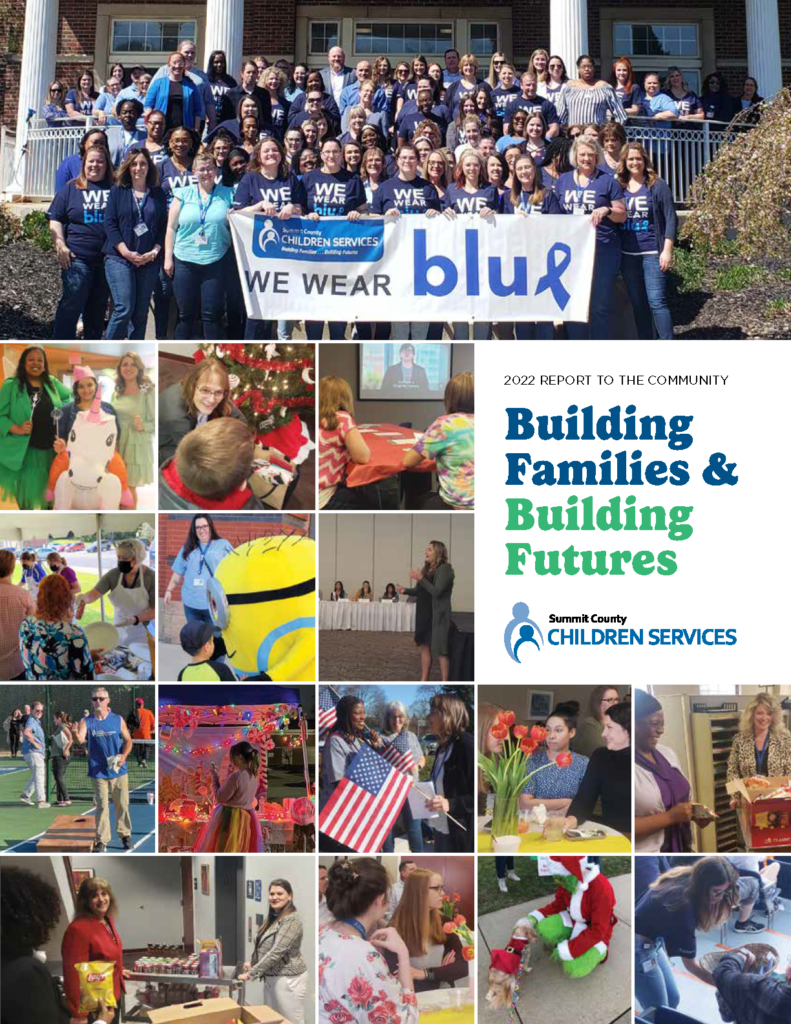Foster Parent Homework 2: Dare to Parent Positively
Discipline can be challenging. There are so many theories and suggestions and so many that just “don’t seem to work with my child”. A child’s behavior can push buttons. Understanding our potential reactions to behaviors can aid us in positive discipline. Often times, the discipline we experienced as children carries over into our own style of discipline as an adult. It is important to reflect on that and evaluate if the discipline we are using is healthy and positive. Let’s examine why children need discipline…
Discipline is defined as training expected to produce a specific character or pattern of behavior. Discipline is needed because a child needs guidance. Effective discipline can often be more challenging with a foster child due to the past experiences of the child. Many times, a foster child has experienced various losses and adjustments and /or lived in a home with inconsistent or negative discipline. Some foster children have assumed a parental role and attempted to be the disciplinarian. Surrendering that “parental “ control and adjusting to the role of a child can be very difficult for a foster child.
The “yes but” syndrome is all too common today when discipline suggestions are offered. This could be due to habits or just not being receptive to new ideas or feeling discouraged. We might say “ yes , that idea sounds great but, it won’t work with this child”. When discipline’s framework is positive, it can aid in developing positive self worth and a child feeling valued. This reading offers several discipline tools and strategies. Some you may be familiar with and some may be brand new. Will you consider some of these?
Family Meeting
A family meeting fosters life skills in children. From the meeting, children can learn problem-solving skills, respect, cooperation, responsibility, and how to express feelings openly. These meetings promote family closeness. Parents can tell children that their expressed concerns will be included in the family meeting agenda. This helps a child feel important and heard. If you have tried family meetings and feel they are not effective, it is important to understand that it takes time to see the benefits. The key is continuing to try and follow through with them. Effective family meetings involve the following:
- Schedule a regular weekly meeting.
- Display an agenda that is visible to all family members and encourage each family member to contribute to the agenda.
- Begin the meeting with compliments.
- Have a chairperson (different one each week) who reads from the agenda and calls on family members to speak.
- Assign a recorder who writes down suggestions and distinguishes those suggestions that are agreed upon.
- Vote and reach a unanimous agreement. This could take several discussions for weeks or months depending on the issue at hand.
- Have an ongoing calendar to plan for and remind family members of special and important events.
- Make the meeting fun. Someone can make a treat or a game can be played. The meetings should be enjoyable!
Offer Choices
Try to give a child two options that are acceptable and appropriate. Remember, if you are not willing to accept one or both of the options, do not offer them. Here are some examples:
- You can play outside or watch television
- You may go to bed at 8:00pm or 8:15 pm tonight
- You can wash the dishes or take out the trash
When misbehavior occurs, offer alternative suggestions or ask the child to think of more appropriate behaviors and reactions. You might be surprised by the child’s response when given the chance to give his/her input.
Some emotional symptoms of anger issues may be: Feelings of anxiety, depression, feeling overwhelmed, resentful, frustrated, sarcasm, numbness, having revengeful fantasies. Some physical symptoms can include: headaches, stomachaches, trouble sleeping, fatigue and muscle tension. If you are having any of these symptoms ask yourself what is the underlying cause. Are you holding on to resentments or past anger?
Communication
When disciplining positively, it is important to communicate and use words your child understands and that are at his/her developmental level. With that in mind, it is important to remember that foster children often have developmental delays. When communicating, try to speak to a child at his/her level, literally. This involves bending down to his/her eye level. If you are looking at your child when speaking to them, there is a better chance of “getting through”. State specific behavioral instructions and expectations and again, make sure these match the child’s capabilities. Clearly define limits and provide simple and clear directives in a kind yet firm voice.
Use I messages when communicating your own feelings and encourage your child to use these as well. For example, I feel angry and sad when you disobey. It is important to encourage a child to express his/her feelings safely. Cooperation may more quickly follow when a child’s feelings are acknowledged and understood.
Communicate what you really mean and intend to do. Children learn our discipline style and will test limits, especially when they learn that the limit takes a while to reach. An example of this is the child who has experienced a caregiver who will repeatedly give instructions or warnings about behavior and consequences. This child has learned that it is not necessary to comply the first time he is told to do something and the caregiver has permitted this to occur.
Communicating through our actions can be very effective too. Communicating with words is very effective. However, there are times when actions will speak louder to children and may be more effective. For example, the caregiver who finds herself repeating constantly may decide it is time to take some action. For example, a toy can be removed when played with inappropriately or refusal to share occurs. The child gets the message immediately that a consequence for the behavior has occurred.
Praise
Catch your child doing something good and acknowledge it! Think of how you feel when someone praises you.
Consequences
Natural consequences are those that happen naturally. For example, if you go out in the rain without a raincoat or umbrella you will get wet; if you do not study you will get bad grades. Children will and do learn naturally when we allow them to and of course when it is safe to allow this to occur.Logical consequences involve adult intervention. A logical consequence is one that is directly related to the misbehavior. For example, if a child spills something, it would be logical to have the child clean it up.
Another example of a consequence is removing privileges. Children can offer their input regarding consequences, sometimes, they may state ones that are more limiting than you had thought of. You may find it helpful to list and post rules and already agreed upon consequences. This will avoid attempts at arguing about what is fair.
Routine
Children need routines and lack of them can result in chaos. Developing routines can be discussed at family meetings. If resistance is experienced, you can offer choices when appropriate such as the time to do a routine. Charts or pictures of routine tasks can be posted to serve as reminders for younger children and to help them understand. Fostering children who have not experienced a routine, can be challenging. It is important to remember that resisting change is a normal, human reaction and to let the child know that you understand the change may be difficult for them. Keeping this in mind may make it easier to follow through with a planned routine when resistance occurs.
After identifying the source of your anger you need to begin to make a plan to address the issue. If the children’s behavior is an issue, you need to assess: Do you need to request therapeutic intervention? Do you need to set up a behavior management plan for them? Do they just need some activities to help them get rid of the extra energy that they have? If you are having issues with a relationship, be it agency, colleague or spouse, you need to communicate the issue to that person. Many people are reluctant to do this, as they fear that addressing the issue will make for more tension in the relationship. Actually, the opposite is true. By expressing your concern you will be less resentful and the issue can be addressed. Expressing your issue can be done in a non threatening, constructive manner. One of the easiest ways of doing this is to use an “ I feel statement”. “ I feel rushed when our appointment gets pushed back this late. I have a lot that I need to speak to you about and our home schedule is pretty hectic. I recognize that your schedule is pretty crazy, too. In the future if you are going to be more than 30 minutes late I will need to reschedule.” You have stated your issue without blaming, as well made a reasonable plan for how you will handle the situation should it come up again in the future. While you can’t control anyone else’s behavior you have stated how you will behave next time.
Solutions
Try focusing on solutions instead of problems. This does not mean we should ignore the problem, but rather address the problems through solutions. This results in changing our focus from the negative to the positive. Children can be involved in finding solutions. Ask them to think of exceptions to the behavior they have exhibited. For example, if you notice that the child reacted more appropriately to a similar situation in the past, ask the child to think about that time and what he/she did differently then. This fosters a child’s belief in him/herself and reminds him/her of his/her ability to deal with the problem appropriately. Here are some things you can ask to promote solution talk: “How did you handle this before?” What is a better way to handle this the next time? What should you have done?
Positive discipline will assist children in meeting their needs responsibly. It builds their self-esteem and will also strengthen the parent/child relationship.






